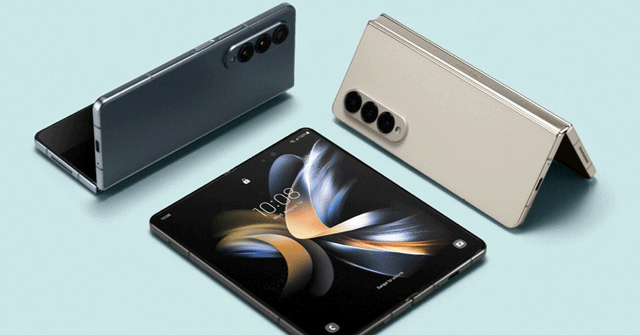
Rich-poor gap shows up in smartphone sales as well


The affordable smartphone segment is shrinking because of inflation, high input costs and parts shortages, even as the premium phone market expands, indicating that spending by wealthier Indians is roaring even as their poorer counterparts cut back.
“There is a decline in entry tier due to supply issues as well as softening of consumer demand due to inflation and rising prices of devices that brands are passing on to consumers due to rising input costs," said Prachir Singh, a senior research analyst at Counterpoint Research.
It’s not just smartphones. Other high-value categories, including cars, have shown a similar trend. One reason for this could be that wealthy Indians are more immune to challenges such as inflation, which tend to hit the poor and middle class, who spend a lot more of earnings on food and essentials.

“This is unusual, but like other categories in India lately, it is following the same trend. Luxury goods are selling well, while entry level demand is tapering. The rich are getting richer, while mid and poor are in distress," said Navkendar Singh, associate vice-president of devices research, IDC India, South Asia and ANZ.
In the car market, for instance, sales of pricier cars have far outpaced the growth in cheaper ones amid an increase in borrowing rates and higher prices. According to a Crisil report, sales of cars priced ₹10 lakh and above grew 38% in FY22 against a modest 7% growth in small cars for the same duration.
Likewise, sales of premium smartphones—those that cost more than ₹40,000—have surged 83% in the June quarter from a year ago, while the market share of affordable and entry-level segments—under ₹8,000—declined by five percentage points, down to 17% from a year ago, according to IDC. Overall sales fell 1% in the first half of the year versus last year, with expectations of no growth in the remaining half of the year, according to IDC.

“Ideally, all segments should de-grow if the market is shrinking and vice versa, but what we’re seeing now is an unusual trend," Counterpoint’s Singh said. The researcher said the market shrank 5% sequentially due to inflationary headwinds.
According to industry executives, demand for entry-level and affordable segments, typically under ₹10,000, has fallen by nearly a fourth. Consumer products such as fast-moving consumer goods and electronics goods becoming pricier than the year before, besides far higher fuel prices compared to last year, have resulted in rising living costs for customers across the board.
“We’ve seen demand in the affordable segment drop by 25% in the mobile phone space. That is why companies are sitting on inventory pile-ups," said Vikas Jain, co-founder of Micromax, who has now ventured into connected devices under the World of Play brand.

Brands typically resort to discounting existing models in case of inventory pile-ups to make way for newer models, especially during this period when production is ramped up to meet festive season demand, which begins post-August. However, with consumers tightening purse strings, discounting on online and offline platforms is expected to be far higher than seen in previous years.
“They (brands) will have to clear inventories, so there’s bound to be heavy discounting in prices to bring back the (consumer) demand," Jain added.
